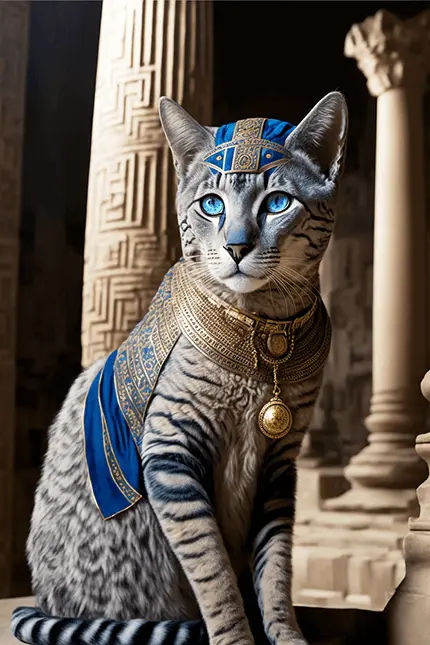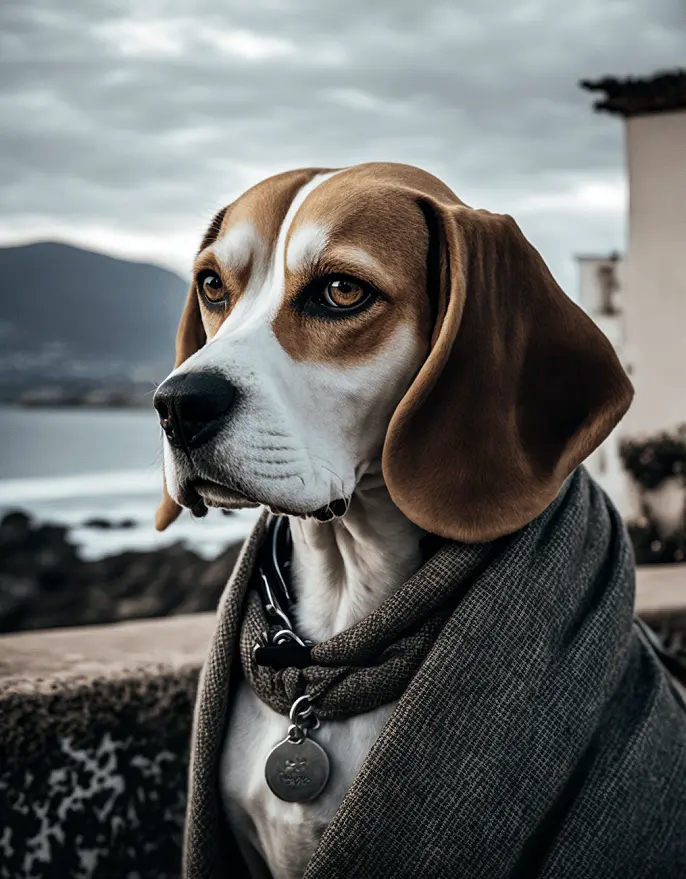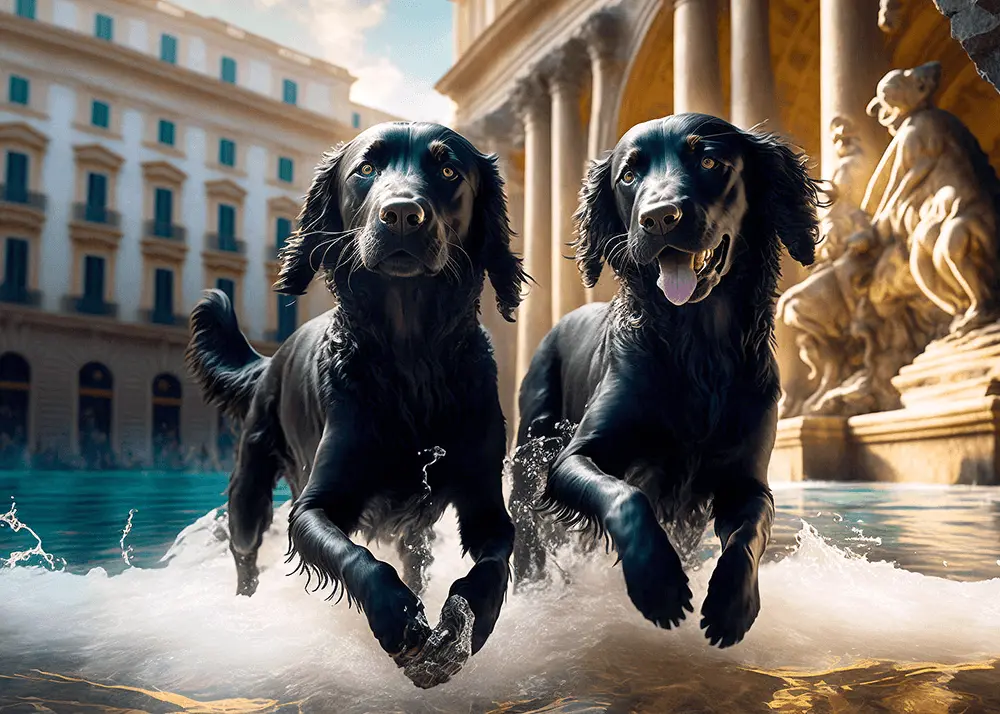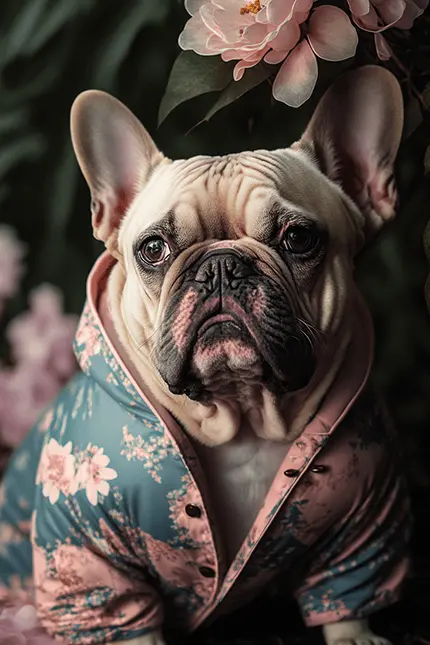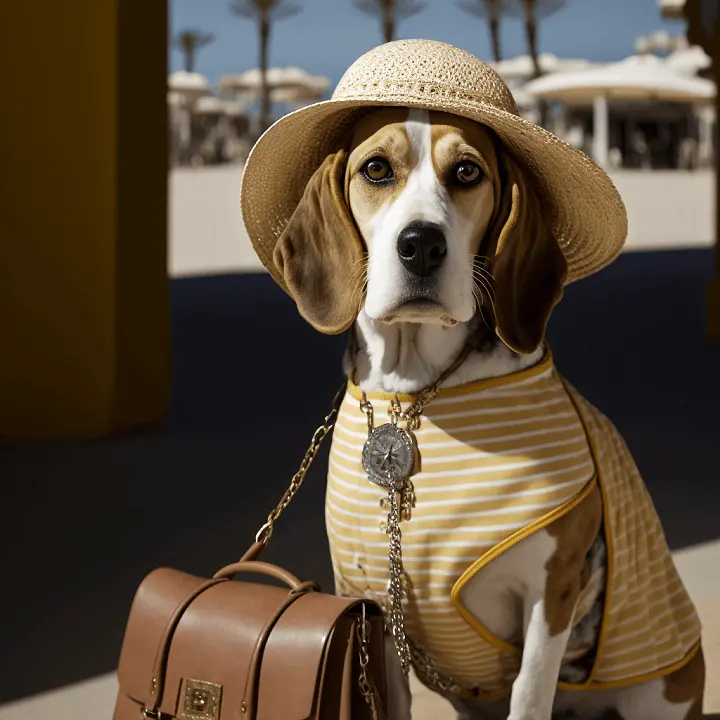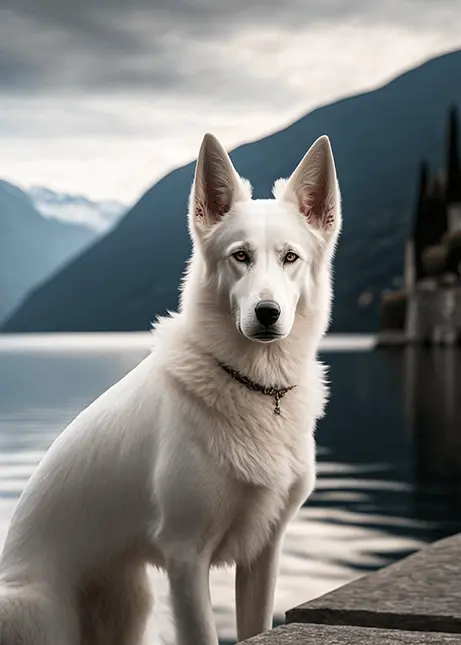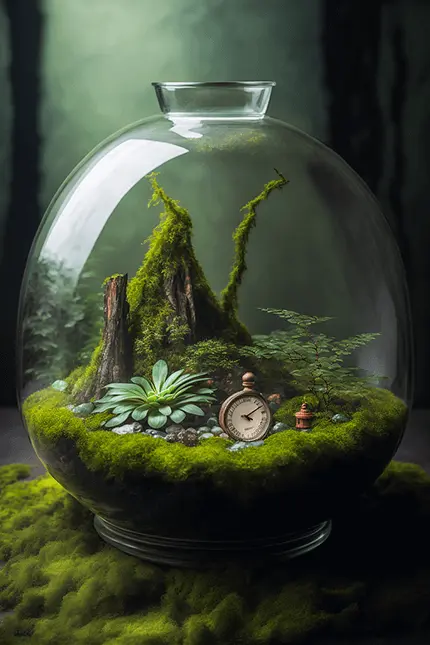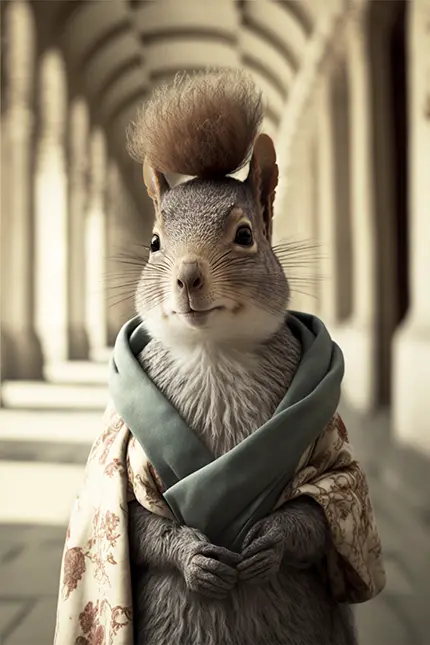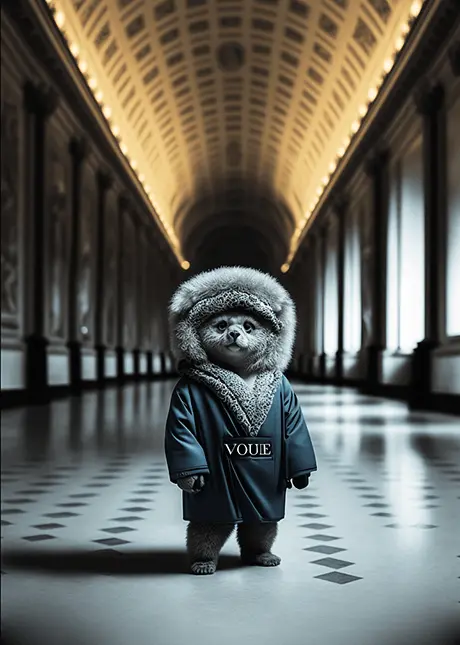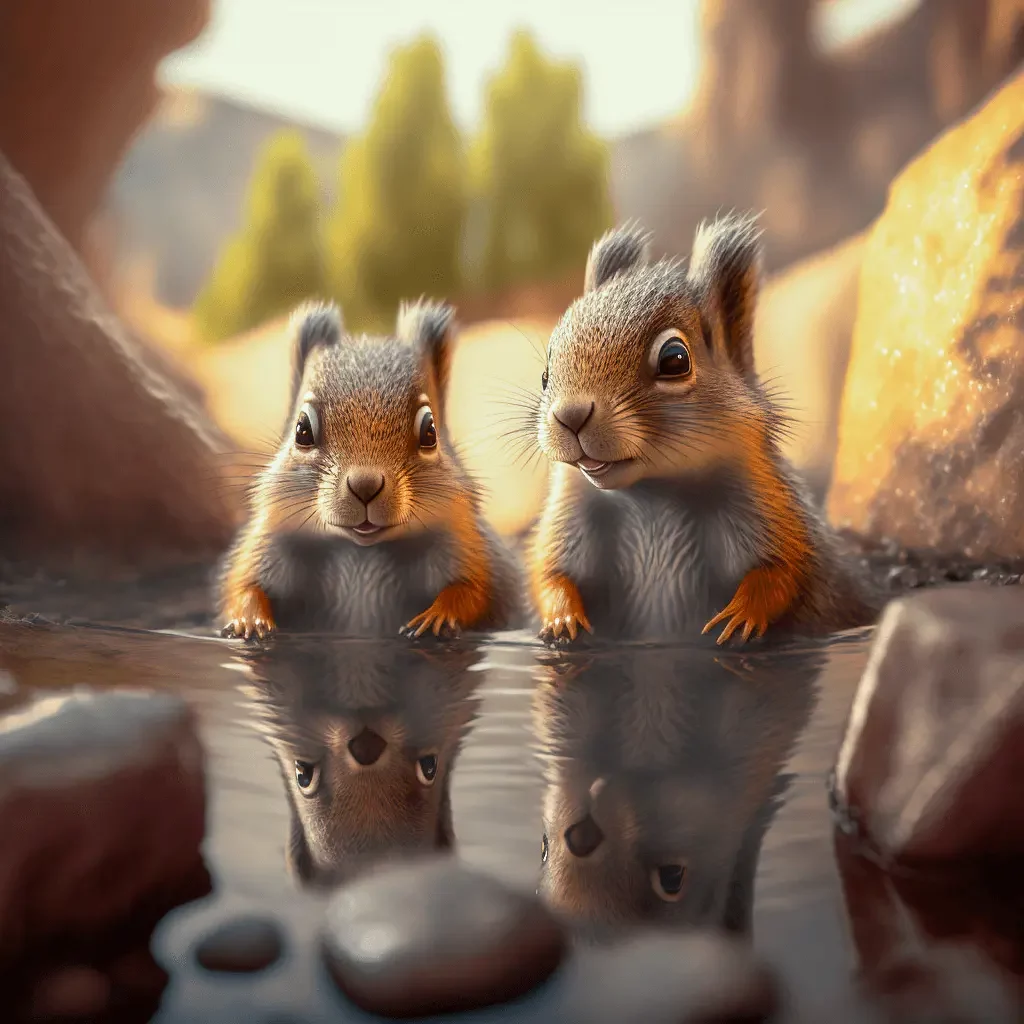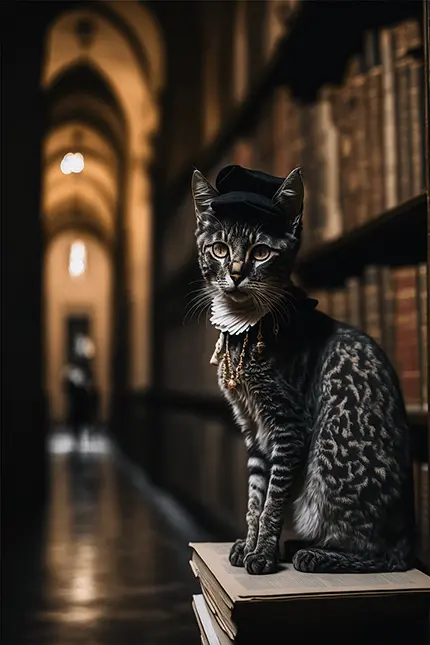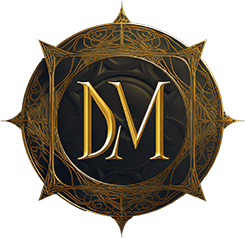AI Generated Art
AI generated art is artwork created using artificial intelligence algorithms.
This can include a variety of techniques such as neural networks, evolutionary algorithms, and generative models.
The artwork can take many forms, such as digital images, videos, and even physical sculptures.
The use of AI in art can allow for the creation of unique and complex pieces, as well as the possibility of exploring new forms of artistic expression.
Some examples of AI generated art include DeepDream, a neural network that generates surreal images, and Google’s DeepMind that creates 3D models of objects and scenes.
- February 25, 2023
- Dagmara Mach
AI GENERATED ART GALLERY + GUIDE
AI-generated art specifically refers to art that is created by a machine, rather than a human.
It is created using algorithms that generate images, patterns, or animations, and can include different types of art such as generative art, evolutionary art, deep learning art, style transfer, or text-to-image.
Generative art is one type of AI-generated art, which is created using algorithms that generate images, patterns, or animations. These algorithms can be set up to create a specific type of image or pattern, or they can be given more freedom to create something unique.
Evolutionary art is another type of AI-generated art, which is created using genetic algorithms, which simulate the process of evolution to generate new images or patterns.
Deep learning art is also a type of AI-generated art, which is created using neural networks, which are modeled after the human brain. These networks can be trained to generate images or patterns based on a set of input data.
Style transfer is a type of AI-generated art which is created by applying the style of one image to another image, creating an image with the content of one image and the style of another image.
Text-to-image is another type of AI-generated art where an AI system is given a text prompt and it will generate an image to match the text.
In general, AI-generated art is created by giving a computer program a set of rules and input data, and then allowing it to generate something unique based on that input.
The final product is a reflection of the artist’s (or in this case the programmer’s) vision and ideas, and the level of originality and creativity varies depending on the complexity of the algorithm used to create it.

AI art, also known as artificial intelligence art, is art that is created using machine learning algorithms and computational techniques.
This can include a wide range of mediums, such as digital images, videos, and sculptures.
AI art can be created in a variety of ways, including using neural networks, genetic algorithms, and other machine learning techniques.
AI art and AI-generated art are similar concepts, but they can have slightly different meanings.
AI art refers to any art that is created using machine learning algorithms and computational techniques. This can include a wide range of mediums, such as digital images, videos, and sculptures. AI art can be created in a variety of ways, including using neural networks, genetic algorithms, and other machine learning techniques.
AI-generated art, on the other hand, specifically refers to art that is created by a machine, rather than a human. It is created using algorithms that generate images, patterns, or animations, and can include different types of art such as generative art, evolutionary art, deep learning art, style transfer, or text-to-image.
In summary, AI art is a broader term that can include any art that is created using AI techniques, while AI-generated art specifically refers to art that is created by a machine. So all AI-generated art is AI art, but not all AI art is AI-generated art.
What is the difference between AI-generated art and traditional art?
The main difference between AI-generated art and traditional art is the way they are created.
Traditional art is created by human artists using various mediums such as paint, pencils, or digital tools. AI-generated art, on the other hand, is created using machine learning algorithms and computational techniques.
In traditional art, the artist’s personal vision, emotions, and ideas are reflected in the final product, and the artwork is a representation of the artist’s perspective. While in AI-generated art, the final product is generated by a computer program, with no human intervention.
Another difference is the level of originality between the two. AI-generated art is often considered to be more “original” than traditional art, since it is created using a set of rules and algorithms and the final product is unique and not based on any previous work. While traditional art can be influenced by previous works, styles, and techniques.
Additionally, AI-generated art can be created at a much faster rate than traditional art, and can be created in a much larger quantity. This can make it more accessible to a wider audience, and can make it much easier to create a large number of variations of a single artwork.
It’s worth noting that AI-generated art is still in its early stages and is still evolving. As the technology and algorithms improve, the level of realism, creativity and originality of AI generated art may increase and the difference between AI-generated art and traditional art will decrease.
This is a topic of debate in the art world, as some argue that AI-generated art is not “real” art because it is created by a machine rather than a human.
Critics argue that art is a reflection of human emotions and experiences, and that a machine cannot truly create something that represents that.
Others argue that AI-generated art is “real” art because it is created using algorithms and computational techniques, which can be considered a form of creative expression.
They argue that just like traditional art, AI-generated art can be created with intention and purpose, and that the final product is a reflection of the artist’s (or in this case the programmer’s) vision and ideas.
Additionally, some people think that the concept of what is real art has changed over time and that as we move forward, we should be open to new forms of art, including AI-generated art.
Ultimately, whether or not AI-generated art is considered “real” art is a matter of personal opinion, and it depends on one’s definition of what art is. Some art critics and curators have started to include AI-generated art in exhibitions and galleries, showing that the art community is starting to consider it as a legitimate form of art.
This is a common question and concern about AI-generated art, as some people may argue that since the art is created by a machine, it cannot be considered truly original or creative. However, there are a few points to consider in response to this:
First, the idea that art must be created by a human to be considered original or creative is a relatively recent one in the history of art.
Throughout history, many art forms have been created using tools and machinery, from the printing press to the camera.
Second, the role of the artist in creating AI-generated art is not limited to simply “pressing a button” and letting the machine create the art. The artist must program the algorithms, select the input data, and design the parameters that the machine uses to create the art. In this way, the artist is still involved in the creative process, even if the machine is doing the actual “drawing” or “painting.”
Third, The AI-generated art is not a copy of something that already exists, it’s a new creation that comes from the AI’s interpretation of the input data and the parameters set by the programmer, which makes it original and creative.
Fourth, some AI-generated artworks can be considered as a new medium, something that was not possible before, and it opens new possibilities for art in general.
So while AI-generated art is not created in the same way as traditional art, it can still be considered original and creative, as the artist is still involved in the process of creating it and the final product is a unique creation that did not exist before.
There are a few potential impacts of AI-generated art on the art world and broader cultural sphere, some of them are:
Increased accessibility: AI-generated art can be created at a much faster rate and lower cost than traditional art, making it more accessible to a wider audience. This could lead to more people engaging with and appreciating art, and could also open up new opportunities for artists.
New forms of expression: AI-generated art can create images, sounds, and animations that would be difficult or impossible for humans to create. This opens up new possibilities for artistic expression, and could lead to the creation of new art forms.
Changes in the art market: AI-generated art has the potential to disrupt the traditional art market, as it could change the way art is bought and sold. Some believe it could decrease the value of art made by humans, while others believe it could increase the value of AI-generated art.
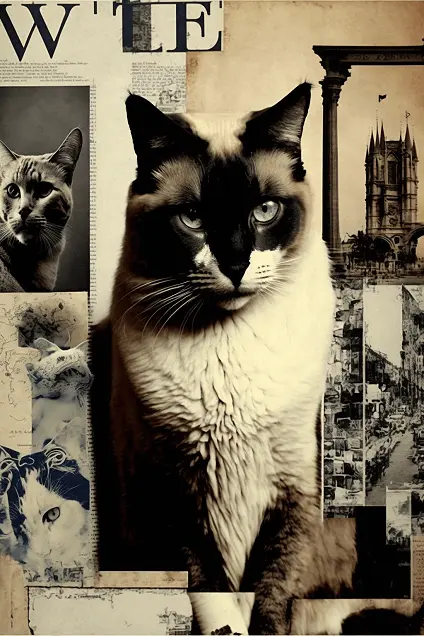
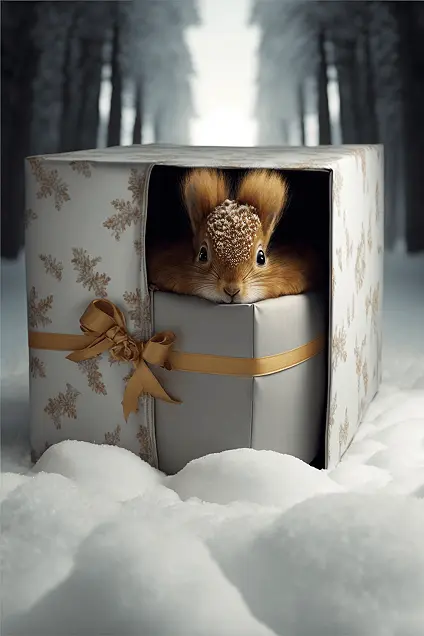


Ethical concerns: The use of AI in art raises ethical concerns, such as whether AI-generated art can be considered “real” art, and whether the use of AI in art is exploitative of the technology and the people who created it.
A new medium for art education: AI-generated art can be used as a medium to teach art students the basics of digital art, generative art and AI.
Overall, the potential impact of AI-generated art on the art world and broader cultural sphere is not entirely clear, as it is a relatively new phenomenon. However, it is likely that it will lead to changes in the way art is created, appreciated, and valued, and it could open up new opportunities for artists and audiences.
WANT MORE ART?

AI GENERATED CAT PICS WITH BENEFITS

AI GENERATED ART OF ITALIAN CATS
